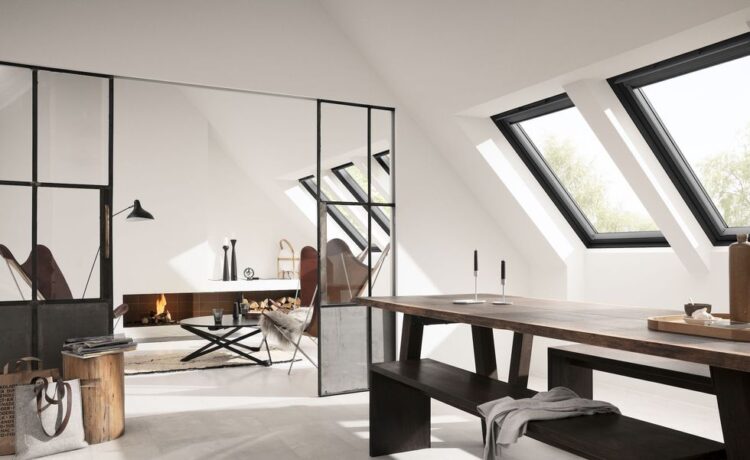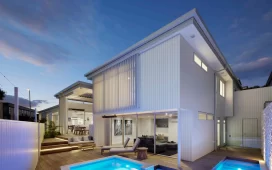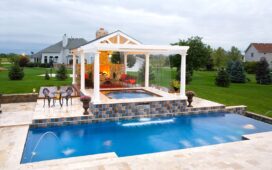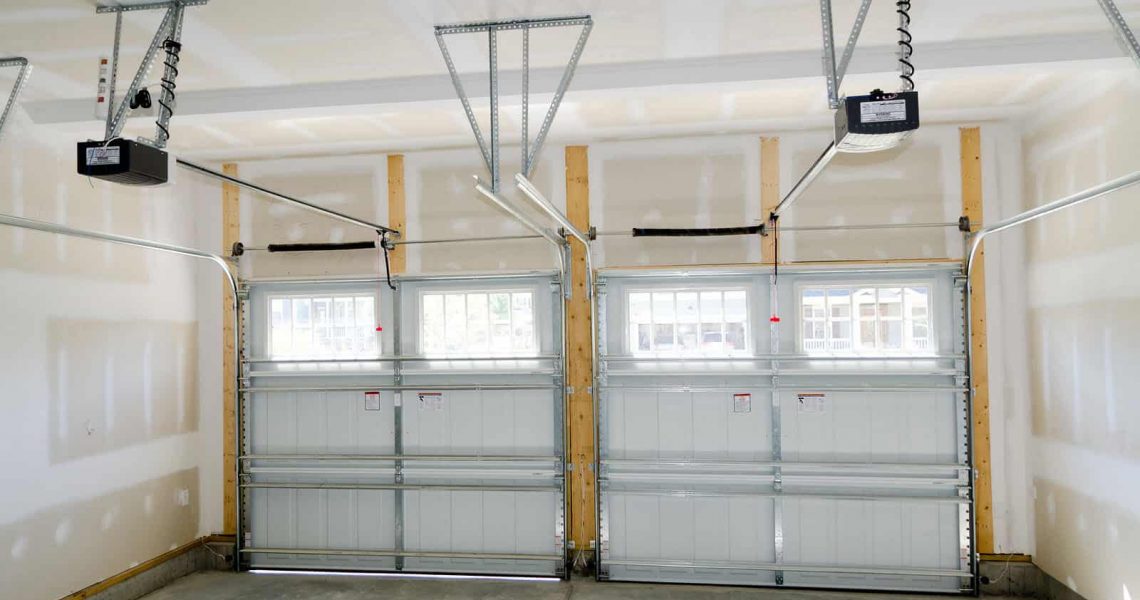Benefits of Natural Light in Interior Design
Natural light has a lot of health advantages which make it an invaluable resource in interior designing. It has been established that exposure to sunlight can improve one’s mood, work efficiency and well-being. Several studies have shown that natural light can decrease eye strain, enhance sleep patterns and elevate mood and productivity levels. Architects who incorporate roof windows into their designs for interiors can use natural light to promote occupants’ health.
Apart from health benefits, natural lighting also translates into energy efficiency in buildings. Designing with day lighting in mind decreases the necessity for electric lighting consequently saving on electrical consumption thereby ensuring sustainable development. For instance, more windows and doors could be included within the construction design thus maximizing on the amount of natural light available and as a result reducing artificial lighting requirements which lowers electricity bills.
Moreover, natural light adds beauty and atmosphere to indoor spaces. Natural light creates magnificent architectural experiences through casting ever-changing patterns, shadows and reflections. Large windows, skylights or solar tubes provide effective means of maximizing the inflow of daylight into space. Placement of more windows together with the use of reflective surfaces will enable designers to maximize daylight by increasing illumination hence creating a brighter welcoming space for people using it (Knez 2015). This article argues that architects should never overlook this valuable instrument as it improves health conditions as well as optimizes energy usage rates while adding beauty to spaces under consideration.
Advantages of Roof Windows in Utilizing Sunlight
Roof windows are ideal for maximising the amount of natural light entering your property[1]. Using them homeowners or architects are able to harness daylight’s power which illuminates interiors leading to numerous advantages inherent therein. Being an eco-friendly source, natural light enhances individual overall mental states apart from being energy-efficient as well[2]. According to studies carried out recently efficient positioning of window panes eases pressure on electric lighting in the course of daytime hours. Such a move by modern buildings will substantially reduce their energy consumption and ultimately lessen their environmental footprint while enhancing comfort.
Roof windows also enhance natural light, ventilation and air quality. Natural ventilation is also applicable to commercial buildings which can get rid of stale air replacing it with fresh air that decreases carbon dioxide concentrations particularly for commercial buildings made of glass. Roof windows support natural ventilation mechanisms thus allowing less reliance on mechanical systems that consume more power. This not only reduces the cost of using electricity but also enhances personal well-being and health among those occupying these facilities.
Moreover, roof windows have a variety of designs and positions options available. In contemporary architecture, sliding lights or skylights supplemented with windows placed at specific locations optimize the penetration of daylight into rooms such as this one thereby minimizing heat gain or loss (Matusiak 2014). A proper distribution of daylight within an extension can be achieved using strategically located skylight sand roof windows. To illustrate my point I would like to mention clerestory windows that are placed very high above floor level breaking the barriers between light and space inside modern homes. By integrating roof windows inside a building’s plan, owners make it unique and inspiring thereby multiplying benefits from sunlight exposure within interior spaces.














